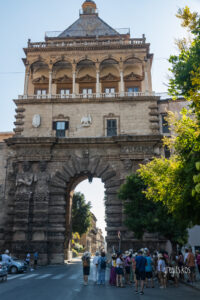 In the largest port of Sicily, you will feel at first sight the rich history, the authenticity of the place with the impressive architectural buildings that combine unique architectural motifs of different eras! Quite a few conquerors passed through this land!
In the largest port of Sicily, you will feel at first sight the rich history, the authenticity of the place with the impressive architectural buildings that combine unique architectural motifs of different eras! Quite a few conquerors passed through this land!
Start the tour by walking through Porta Nuova, a 15th-century gate with impressive sculptures, a monument to the victory against the Tunisians. It is located next to the Palace of the Normans (Palazzo dei Normanni) which you will see later, making a stop in the beautiful park in front of it. An Arab building of the 9th century, characteristic of the cultural diversity of Sicily that was expanded and decorated by the Normans in the later years. Byzantines and Spaniards also overran the area. Visit the Capella Palatina chapel for the unique Byzantine mosaics.
Head to the Palermo Cathedral (Cattedrale di Palermo), another example of a mix of architectural styles. What about Gothic, Norman, Byzantine and Arabic influences? You will discover them in this magnificent building outside and inside. Take some time to explore all its corners, see the unique mosaics, wood carvings, royal tombs and the underground crypt with the sarcophagi. Don’t miss the heliometer on the floor! Before leaving, “climb” to the roof for a panoramic view of Palermo!
Next, make your way to Quattro Canti (Piazza Vigliena), the landmark square in the heart of Palermo’s historic center. An excellent example of Baroque architecture, the “Four Corners” as its name suggests, are perfectly symmetrical, defining the corners of four ancient districts at the intersection of two main streets. The rich symbolism in its design makes it unique. Each of the four facades is divided into four levels, each with its own representation of the cultural and religious life of Palermo. At each base, you can see one of the four seasons symbolizing the cyclical nature of life, as well as a figure for each element of nature (earth, water, fire and air). On the middle tier, sit each of the four Spanish kings who ruled Palermo during the 17th century and on the upper tier the 4 female patron saints of the four historic districts of Palermo. Above them all, the royal coats of arms! We were staring up and around for a while… speechless!
Next stop at the Teatro Massimo square, one of the largest opera houses in Europe. A meeting point for many, the impressive building with its imposing size is known for the high-level performances it hosts. If you’re interested, you can also visit its interior or possibly watch a performance. Horse carriages are waiting in the square for a stroll around the city in a different style.
That’s all fine but you will also find Sicilian cuisine at its best in Palermo. Great choices of street food like “arancini” and “cannoli” and many more as well as traditional dishes like “pasta alla norma” with tomato sauce, eggplant, basil and ricotta or an authentic “caponata”. The pasta here (be careful not to ask for macaroni as we Greeks refer to all kinds of pasta – it will be remarked!) is often handmade and in any case cooked al dente). Pizza will be super wherever you eat it, as well as seafood dishes.
There is still much more to see and do depending on your interests. Do some exploring for the joy of being a traveler!
TIPS
- Many restaurants are usually closed for siesta (usually 3:00 PM-6:00 PM)! This is an issue. And some attractions too! So, see that you plan your schedule and check the hours!
- Most locals don’t speak English. However, you will surely find a way to communicate. Everyone is very willing and helpful!
- All the products of the land (vegetables, citrus fruits, etc.) are extra tasty here since they are grown in the fertile volcanic soils of the island.

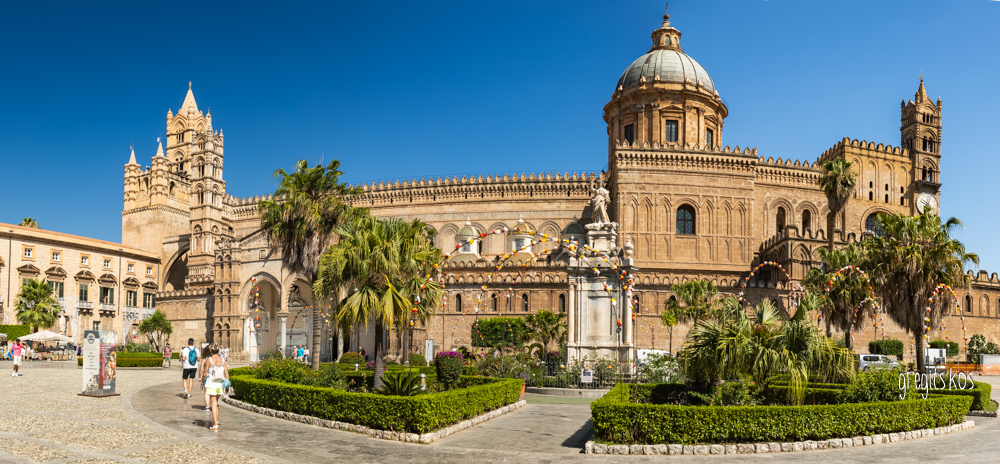
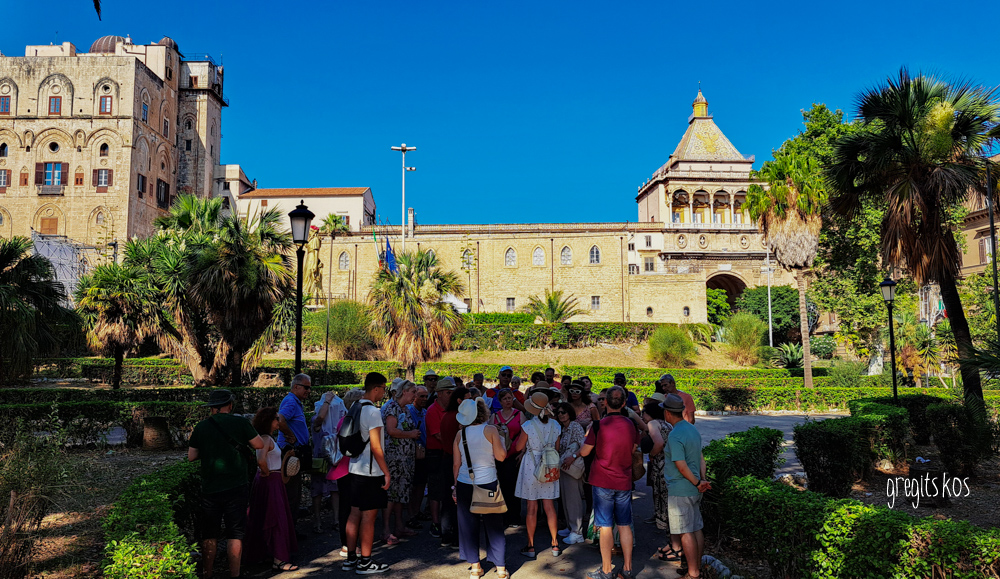
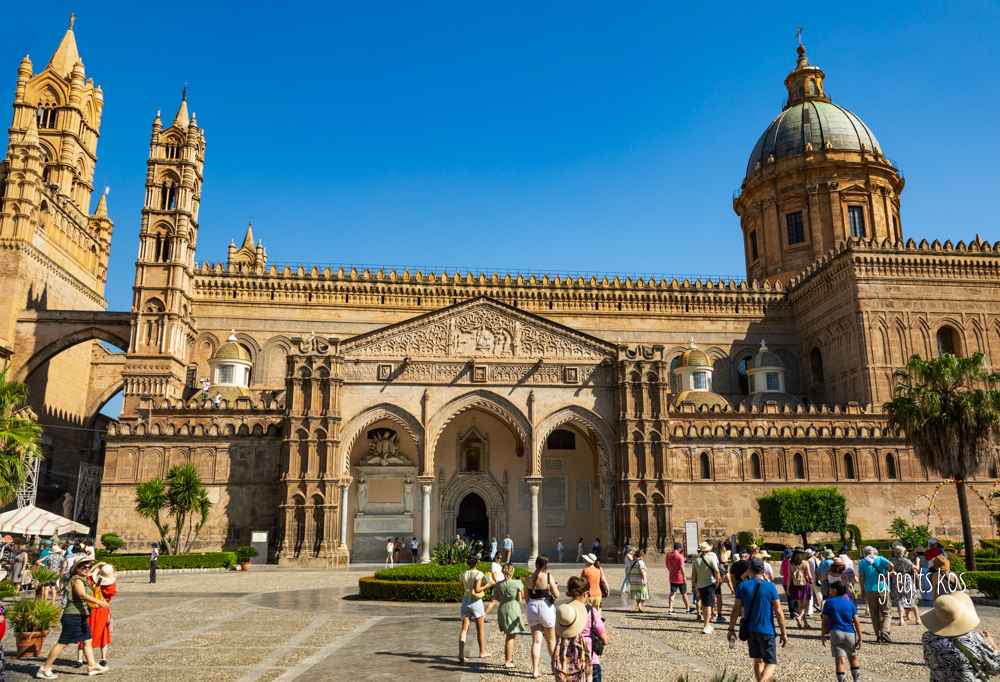

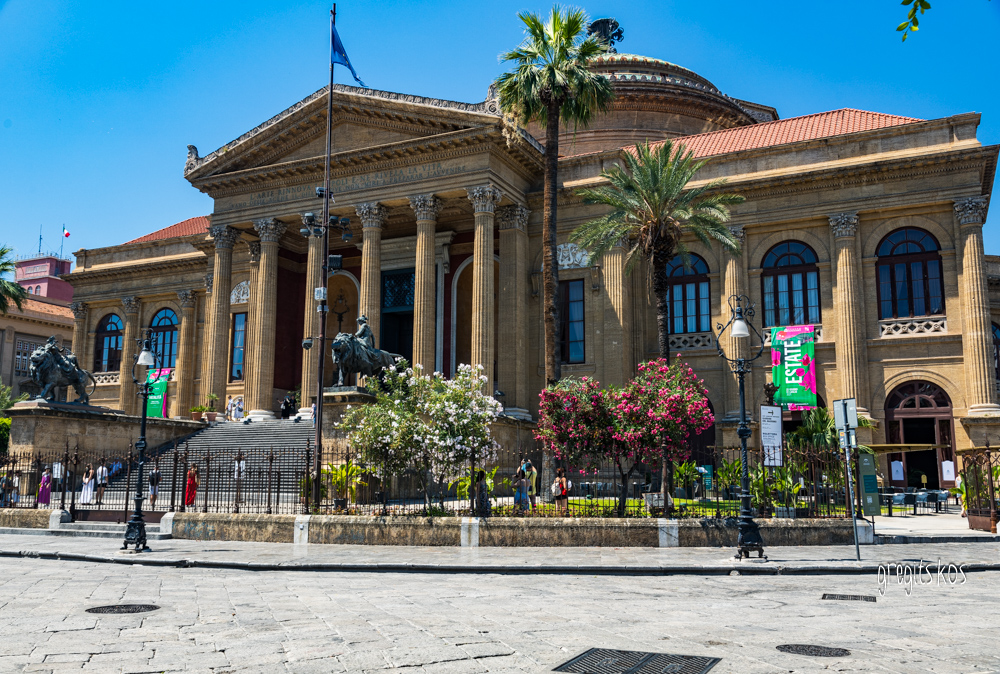

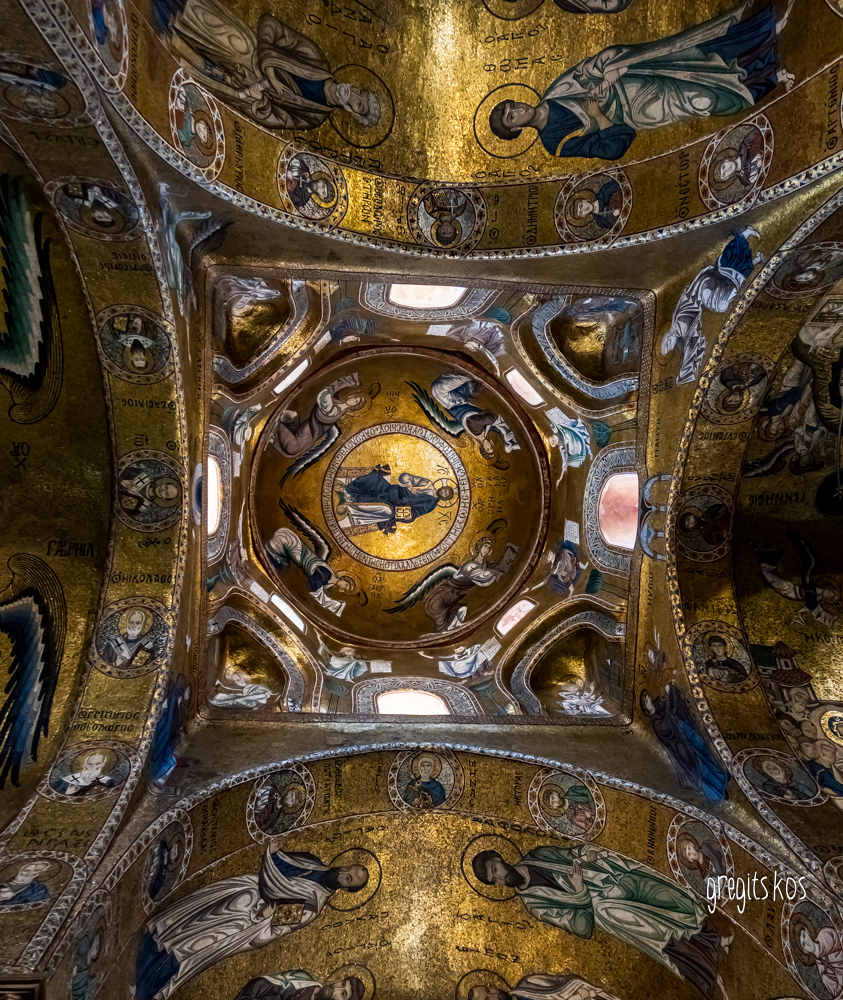
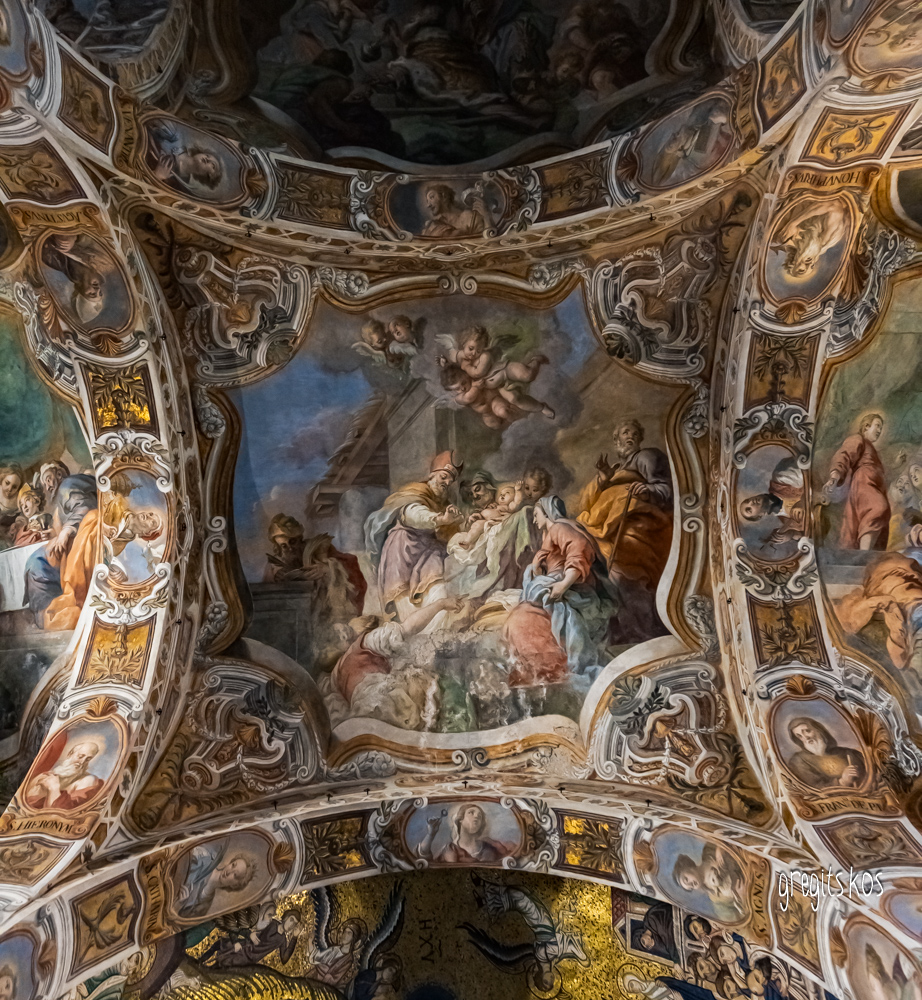

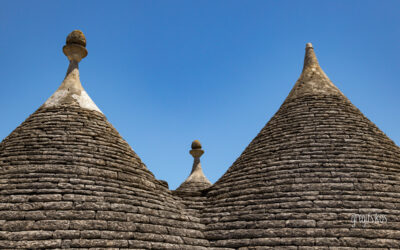

0 Comments